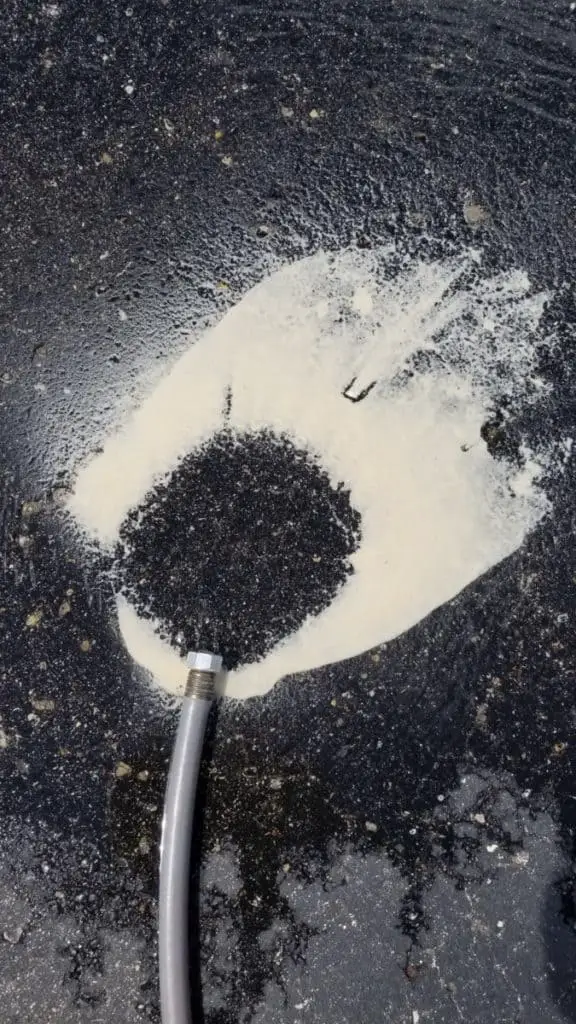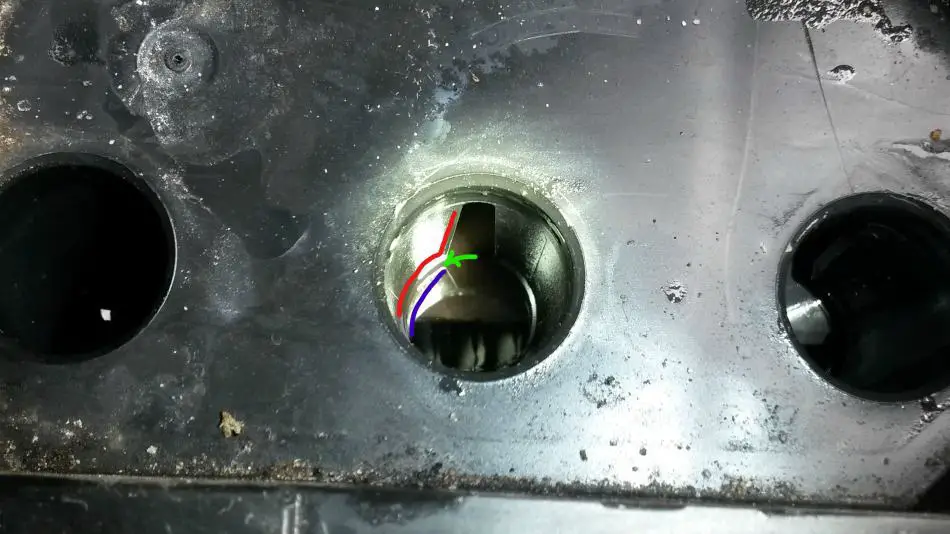Is your car battery not putting out the output necessary to reliably restart your car? Or is it starting but struggling to do so?
The first thing you might be looking at is the water levels in the cells (if you have a flooded/wet battery).
If you pop the hood on your car to check the battery and lift the caps you might have noticed that 1 or 2 cells in the battery seemed to be a little low. You’ve heard that you just need to add water to the battery, but does it really have to be distilled water?
Car batteries need distilled water to ensure maximum performance and reach its longest lifespan. Distilled water is free of chemicals, heavy metals, sediment, and minerals which can all negatively interfere with your car battery’s chemistry, charging, and discharging properties.
If your plates are exposed to air in the cells and all you have is tap water, then no, it doesn’t matter too much for the short-term. The battery will still work for now. However, for the long-term health of your battery (if you want to get the full 3-6 years out of it) you definitely want to use distilled water.
How Distilled Water is Made and Why You Need to Use It
The reason that distilled water is the ideal water to use in your battery to top off your cells is because of the way that it’s made. Essentially, distilled water is water in its purest form.
To make distilled water, any type of water is first collected and is heated up or boiled so that the steam rises up for collection. Heavy metals, minerals, and chemicals cannot evaporate with the water (H2O molecules), so only the water molecules will rise up to collect in gaseous form.
The evaporated water is then cooled as it passes through a tube and the evaporation condenses back into liquid form as this condensation builds up it runs down into a collection basin. You now have 100% pure water free of minerals, chemicals, and heavy metals.
The reason we used distilled water, if it hasn’t already become obvious, is that the minerals, chemicals, and heavy metals can all interfere with the chemistry inside your battery. The electrolyte within your battery is about 75% water and 25% sulfuric acid. They interact together with electricity as their catalyst and take on different properties with the lead plates inside depending on whether or not the battery is discharged or charged.

What Happens if You Don’t Use Distilled Water in a Battery?
Having anything other than pure, distilled water is running the risk of damaging your battery by changing the chemical reactions and increasing the risk of conductive sediment. These will all decrease a car battery’s lifespan.
Take, for instance, tap water — the stuff that comes out of your sink — it’s easy to access and plentiful but it is not ideal for your battery.
If your water comes from a private well, you certainly have minerals in the water if nothing else. Calcium and iron are both common to find in wells around my area. Both of these are not ideal for the inside of the battery.
Municipal water sources are treated chemically from the waste water that leaves everyone’s houses. You’ll have chloramine which disinfects the water even after it leaves the treatment plant, and you have trace amounts of all kinds of pharmaceuticals in the water. Again, we want to avoid tap water if at all possible.
If you’re absolutely in a pinch and your battery is low on water and you have lead plates that are exposed, then, by all means, add just enough to cover the lead plates until you can perform a proper charge on your battery and then add more distilled water after a full charge has been achieved.
How Do You Know When Your Car Battery Needs Water?
To know if your battery needs water, you’ll first have to visually verify the quantity in each of the cells. The water should cover the lead plates but be about 1/8 – 1/4″ below the fill tubes that extend down into the cell.
If you have a flooded lead-acid battery, make sure to first wipe off the battery and get as much debris out of the way as possible before you even pop the caps. If any of the dirt or debris falls into the fill holes, then that’s pretty much just as good as using tap water to begin with or worse.
Avoid getting insects, sand, or other debris in your battery if at all possible and you can even use a shop vacuum to clean around the cap before it is popped.
Make sure to have safety glasses on and pop the cap with a flat-head screwdriver. Shine a light inside each of the cells and look at the lead plates down in the electrolyte.
They should all be covered with water and the water should not exceed the level of 1/8 inch below your fill tubes which extend down into your battery and have V-notch cut in them. If your battery is low at all and you are home you’ll want to charge your battery first before adding water.

Only charge your battery if ALL of the cells all of the lead plates in the cells are covered with water.
If your plates are exposed to air, fill the cell just enough to cover them. Then, hook up to a proper smart charger that will gently bring your battery to a full charge.
I recommend this one from Amazon and I have used this charger for over 5 years without malfunction and it gently charges the electrolyte of my battery without leading to a noisy bubbling sound which would indicate overcharging.
You can’t go wrong with this charger, it’s simply set it and forget it and you can leave it hooked-up indefinitely if you were to leave on vacation for several months and wanted to leave your battery charging.
Once the battery is fully charged, disconnect the battery and now you can top off all of the individual cells with water until the water level rises to 1/8 – 1/4″ inch below the fill tube.
I find it easiest to use a plastic syringe, like those you would see for children’s medicine, to squirt the distilled water into each of the cells. This reduces the chance of pouring too much water in and overflowing it or splashing any of the acid up towards you or into the surrounding environment.
Do I add Distilled Water if My Battery is Sealed?
Sealed lead-acid batteries are “maintenance free” and there is no way to add water back to the electrolyte. As long as you don’t subject them to excessive overcharging, then they will be fine. Sealed batteries are able to recombine the evaporated water during the charging process back into the electrolyte.
If you hear a whistling or hissing sound during the charging process, then your battery is using it’s emergency vents to release pressure from overcharging. Water is lost when it does this and cannot be replaced. Once you hear the whistling or hissing, stop the charging process immediately.

